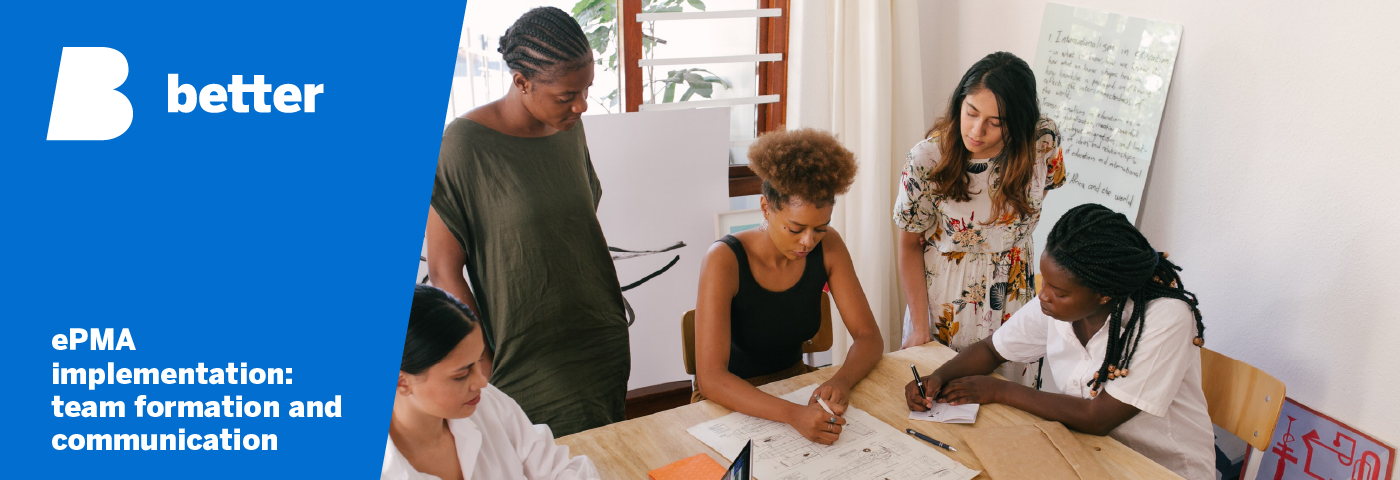medication management
ePMA implementation: team formation and communication
Digital transformation is driven not by technology but by people – their motivation, teamwork, and willingness to change the current status quo. At our webinar titled “How to motivate the team during an ePMA implementation” we hosted David Chalkley, deputy CCIO and Digital Clinical Safety Lead at Somerset NHS Foundation Trust. In the first part of the summary, we will highlight his thoughts on team formation, engaging with various stakeholders, and communication.
Establishing the team
The core team members for the electronic prescribing and medicines administration (ePMA) implementation team in the Somerset NHS Foundation Trust are the lead pharmacist, nurse, consultant, pharmacy technician, and project manager. However, beyond the core team, it is important to note that there is a “team around the team” – at least 10 individuals whose contribution towards the project’s delivery is very significant, and whose impact and support we need to recognise as well.
In the beginning of the process, the Trust reached out to a wide range of sites, and tried to learn as much as possible: in terms of both the positives and the negatives for building an ePMA team. Then, they reflected on internal change projects, particularly digital transformation, and thought about what they could learn and apply when building an ePMA team. The goal was to find a way to combine everything including values for a better final product. “When forming an ePMA implementation team, it is all about finding that right blend of skills and knowledge needed for project delivery. And, it all has got to be underpinned by shared core values in the team that you put in place if you want to make it a success,” says David Chalkley.
Engaging with additional stakeholders
The ePMA implementation team had to establish the right communication channels, the right level of engagements, and to build their capacity to engage with stakeholder groups which were as broad as possible.
David Chalkley emphasised the importance of a good communication strategy right from the outset: “We looked at what it means to be a Global Digital Exemplar (GDE) site. We looked at our person-engagement strategy, and really looked at how we could we lead the communication activities in a way that was as ‘all-encompassing’ and as ‘multi-channel’ as possible.”
The ePMA team ran various engagement activities ranging from local on-site digital show-case events, workshops focusing on different user groups, steering groups that consisted of both patients and staff on all levels and types, to regular drop-in sessions, where people could come in and ask questions on digital programmes at an event in the middle of a town centre. They specifically targeted the general public, who may not be active patients at the moment, or engaged with a hospital, and gave them the opportunity to understand what their long-term plan was with data. Additionally, the team led poster and flyer campaigns, and communicated regularly through social media.
“So, it’s multi-channel, and the efforts of the team are to get out and to engage formally and informally with users on the ground, different patient groups, and patients. We feel it’s been effective. There are always things you can learn, and there is always a way you can improve, but we are pleased with approach that we’ve taken, and with results we’ve seen,” added David Chalkley.
In the second part of the summary, we will write about maintaining team motivation and managing negative feedback.
Would you like to learn more about maintaining motivation and managing negative feedback? Click here!
Do you want to watch the webinar right-away? Register here for the full recording.
